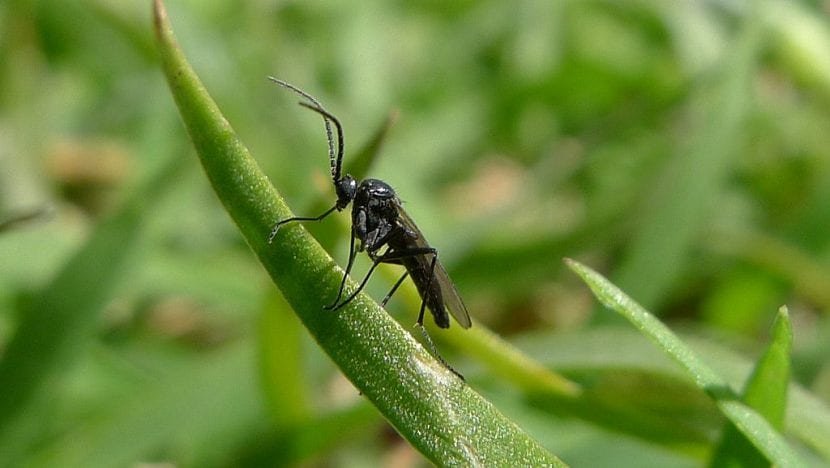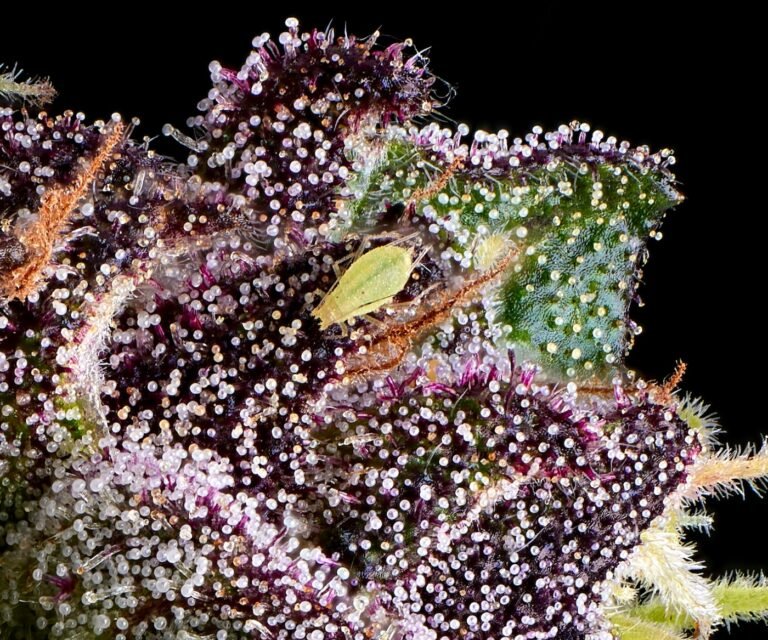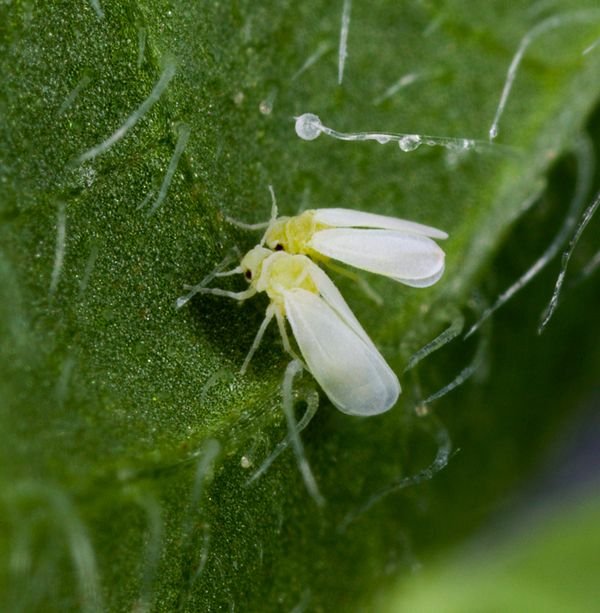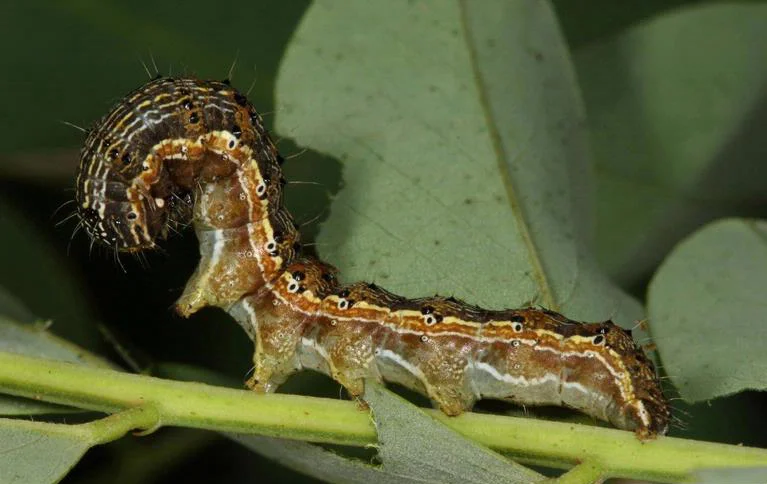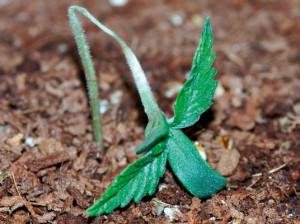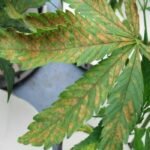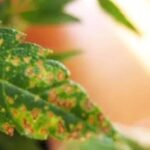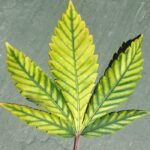The ground fly is a smal, dipteran insect, between 3 and 5 mm in size, known as the substrate fly, damp fly, or black fly.
They are small, dark-colored flies that usually appear in the lower areas of plants and in the substrate, feeding on honeydew, sugars, and decomposing organic matter. They prefer low-light, high-humidity, and warm temperatures, making them common hosts in greenhouses and indoor crops. Hydroponic crops are especially susceptible to this pest, although excess moisture in an organic substrate is also an excellent habitat for these insects.

Ground Fly Reproduction
The fly requires humid, warm, and slightly shaded climates for its development and reproduction. They typically lay 50-200 eggs in the substrate, which will hatch after 48-72 hours under favorable conditions. The larvae will go through four distinct developmental stages over the next two to three weeks until they reach adulthood. In their final stage, the larvae are whitish, with a black head, and measure approximately 5 mm in length.
They form a cocoon and hatch into adults approximately 72 hours later. Depending on climatic conditions, they can reproduce at a rate fast enough to cause problems for crops.

Symptoms and damage of Ground fly on Cannabis
The damage caused by this pest can be direct or indirect.
Direct damage is primarily caused by the larvae, which feed by chewing the fine root hairs, thus causing the plant to absorb less cannabis fertilizers and increasing the risk of root fungal infections (Pythium).
Indirect damage is caused by both larvae and adults, and involves diseases, viruses, fungi, etc., transmitted by the adults to the plant.
The symptoms of this pest are a slowdown in the plant’s overall growth, accompanied or not by the appearance of cannabis fungi such as Pythium, Phytophtora, Fusarium, Verticilium, or Botrytis.

Ground Flies in Marijuana Prevention and Control
To prevent the pest, you should maintain moderate humidity and avoid overwatering, allowing the top layer of the substrate to dry completely. Overly wet soil is the perfect habitat for ground fly larvae. I also recommend you to cover the substrate in pots with vermiculite, as this will greatly hinder the adult females from laying eggs in the substrate.
Neem flour is ideal for combating substrate pests, whether flies, larvae, or any insect that feeds on the roots. Neem powder is distributed evenly in the pot, after watering it slightly and without flooding it, so that the flour forms a base on top of the substrate, preventing flies from reaching the substrate and the larvae from emerging to the surface once they have transformed into adults. Unable to escape, they eventually die from suffocation, and since the flies cannot lay eggs, the pest quickly disappears.
Set yellow traps, apply regular foliar sprays with neem oil diluted in water and potassium soap, and spray the substrate and the lower part of the plant with cinnamon- or mint-based insecticides, or with vinegar diluted in water.




